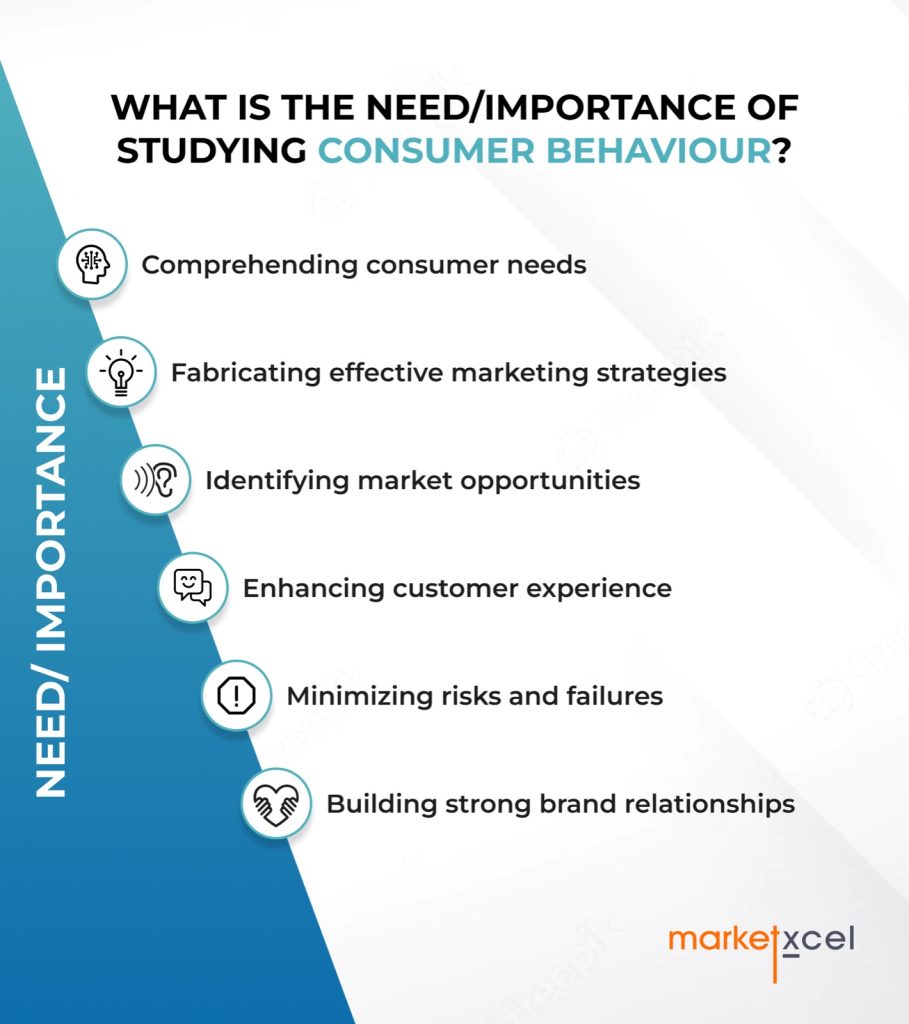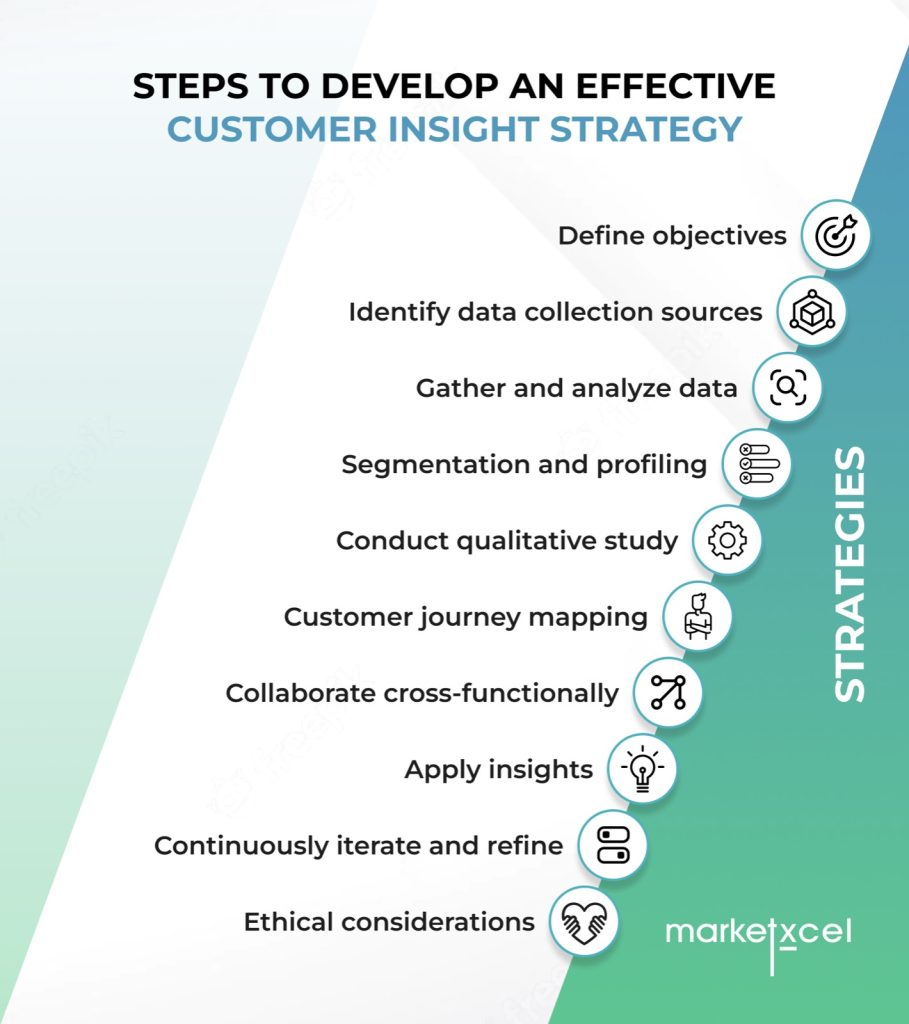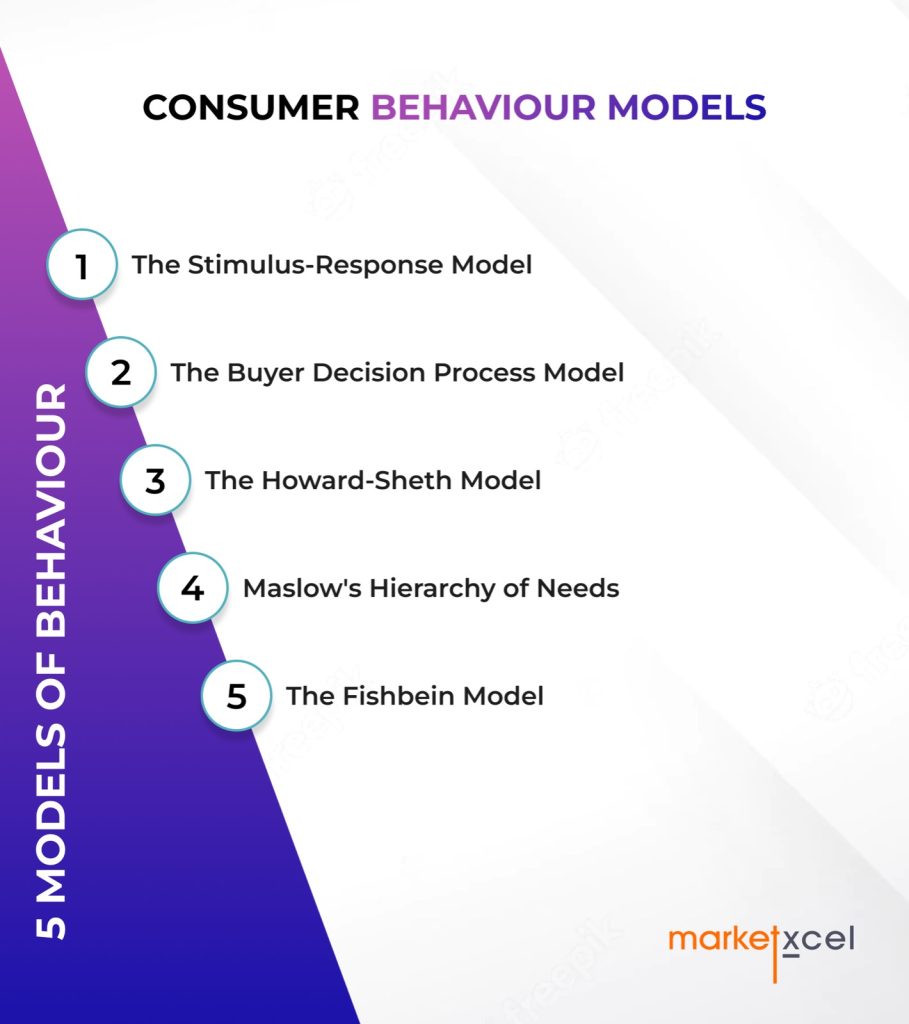What is Consumer Behaviour? Objectives, Importance, and Models
Jul 25, 2023
In today’s ever-evolving world, it seems as though everyone is undergoing a remarkable transformation – a shapeshifting of sorts. As society progresses, individuals are no longer confined to static roles or predictable patterns. Instead, they are embracing dynamic identities and multifaceted desires, making it a captivating challenge for businesses to understand and cater to their ever-changing needs.
Consumer Buying Behaviour in Marketing:
Consumer buying behaviour is the process and actions individuals undertake when making purchasing decisions. It begins with the recognition of a need or wants, followed by an information search, evaluation of alternatives, purchase decision, post-purchase evaluation, and potential repurchase or disposal. It plays a vital role in marketing, allowing businesses to comprehend why and how consumers select specific products or services. By studying consumer behaviour, marketers gain valuable insights into the factors that impact purchase decisions, including personal preferences, needs, motivations, and external influences like social, cultural, and economic factors. Armed with this knowledge, businesses can develop effective marketing strategies, customize offerings to meet consumer needs and create targeted campaigns that resonate with their audience.
Objectives of studying consumer behaviour:
Understanding consumer needs and preferences
Predicting consumer buying behaviour
Exploring decision-making processes
Segmenting and Targeting markets
Assessing customer satisfaction and loyalty
Adapting to changing consumer trends
Strategizing businesses for growth
What is the need/importance of studying consumer behaviour?

Comprehending consumer needs:
Businesses utilize consumer behaviour research to gain valuable insights into the needs, desires, and motivations of their target audience. Consequently, understanding empowers companies to create products and services that successfully cater to consumer demands, resulting in enhanced customer satisfaction.
Fabricating effective marketing strategies:
Leveraging the study, businesses can discern the most efficient marketing techniques and channels to reach their target audience. Furthermore, this knowledge aids in the development of targeted and compelling advertising campaigns, pricing strategies, and promotional activities that connect with consumers and boost sales.
Identifying market opportunities:
By conducting consumer behaviour research, businesses can detect emerging trends, evolving preferences, and untapped market needs. Thereby enabling companies to spot new opportunities for products or services, enhance existing offerings, and maintain a competitive edge in the market.
Enhancing customer experience:
Through this study, companies can acquire valuable insights into the complete customer journey, encompassing the stages from pre-purchase to post-purchase. This understanding empowers businesses to enhance the customer experience, personalize interactions, and deliver exceptional service. As a result, this fosters customer loyalty and generates positive word-of-mouth.
Minimizing risks and failures:
Understanding consumer behaviour helps businesses minimize risks associated with product failures or unsuccessful marketing campaigns. Through the analysis of consumer preferences, feedback, and behaviour, companies can make informed decisions concerning product design, features, packaging, and marketing strategies, consequently minimizing the likelihood of failure.
Building strong brand relationships:
The research assists in establishing robust, long-term relationships with customers. Through understanding consumer preferences, values, and purchasing behaviours, companies can customize their brand messaging, communication, and offerings, enabling them to forge a powerful emotional bond with consumers.
Steps to Develop an Effective Customer insight strategy

Define objectives:
Clearly articulate the goals and objectives of the customer insight strategy by identifying the specific insights you aim to gather and how they will bolster your business objectives.
Identify data collection sources:
Identify the sources of customer data that will yield valuable insights like customer surveys, focus groups, interviews, social media listening, website analytics, sales data, customer service interactions, and market research reports.
Gather and analyze data:
Implement strategies to gather pertinent data from the identified sources by employing methods such as deploying surveys, conducting interviews, or analyzing existing data sets. Also, employ suitable data analysis techniques to unveil patterns, trends, and correlations within the data.
Segmentation and profiling:
Segment your customer base according to shared characteristics, such as demographics, psychographics, purchasing behaviour, or preferences. Simultaneously, develop customer profiles or personas to gain a deeper understanding of distinct customer segments.
Conduct qualitative study:
Conduct qualitative research methods like focus groups or in-depth interviews to gather deeper insights into customer motivations, needs, and perceptions. This can further provide valuable qualitative insights to complement quantitative analysis.
Customer journey mapping:
Map out the customer journey and identify key touchpoints and interactions where insights can be gathered. This helps in understanding customer behaviour at different stages and identifying areas for improvement.
Collaborate cross-functionally:
Engage cross-functional teams from departments like marketing, product development, sales, and customer service to collaborate and share insights. Align strategies to ensure effective implementation of the customer insight strategy across the organization.
Apply insights:
Utilize the acquired insights to guide decision-making and develop strategies. It’s important to customise product offerings, marketing campaigns, and customer experiences according to identified customer preferences and needs.
Continuously iterate and refine:
Continuously gather data, analyse it, and update your understanding of consumer behaviour. Also, regularly review and refine your customer insight strategy to ensure it remains aligned with changing market dynamics and consumer preferences.
Ethical considerations:
Ensure data collection and analysis processes adhere to ethical guidelines and privacy regulations. Also, safeguard customer data responsibly to uphold trust and confidentiality.
What is a Buyer persona?
A buyer persona, also known as a customer or marketing persona, is a fictional representation of an ideal customer based on market research. It goes beyond demographics to encompass motivations, needs, preferences, and behaviours. By creating accurate buyer personas, businesses can tailor their strategies, product development, and experiences to connect with customers, deliver personalized solutions, and build stronger relationships. Data for buyer personas can be collected through surveys, interviews, feedback, analytics, and market research.
It’s important to note that buyer personas are not static and should be regularly updated as new insights and data become available. This ultimately ensures that your marketing efforts remain relevant and effective in targeting the evolving needs of your customers.
Consumer Behaviour Models

The Stimulus-Response Model:
This model suggests that consumer behaviour is a response to marketing stimuli. It consists of four stages: environmental stimuli (marketing efforts), buyer’s black box (consumer’s characteristics and decision-making process), buyer’s response (purchase decision), and feedback (post-purchase evaluation).
The Buyer Decision Process Model:
This model, proposed by Kotler, consists of five stages: problem recognition, information search, evaluation of alternatives, purchase decision, and post-purchase behaviour. It emphasizes the consumer’s active involvement and decision-making process in purchasing products or services.
The Howard-Sheth Model:
This model explains consumer behaviour by considering three sets of variables: input, process, and output. The input variables include marketing stimuli and consumer predispositions. The process variables include perception, learning, and attitudes. The output variables include brand choice and post-purchase behaviour.
Maslow’s Hierarchy of Needs:
Maslow’s model suggests that consumers have a hierarchy of needs, including physiological needs, safety needs, social needs, esteem needs, and self-actualization needs. It posits that consumers prioritize fulfilling basic needs before moving on to higher-level needs.
The Fishbein Model:
This model focuses on understanding consumer attitudes and predicts behavioural intentions based on beliefs and evaluations of product attributes. It measures attitudes using the multi-attribute model, which quantifies the importance and evaluation of various attributes.
